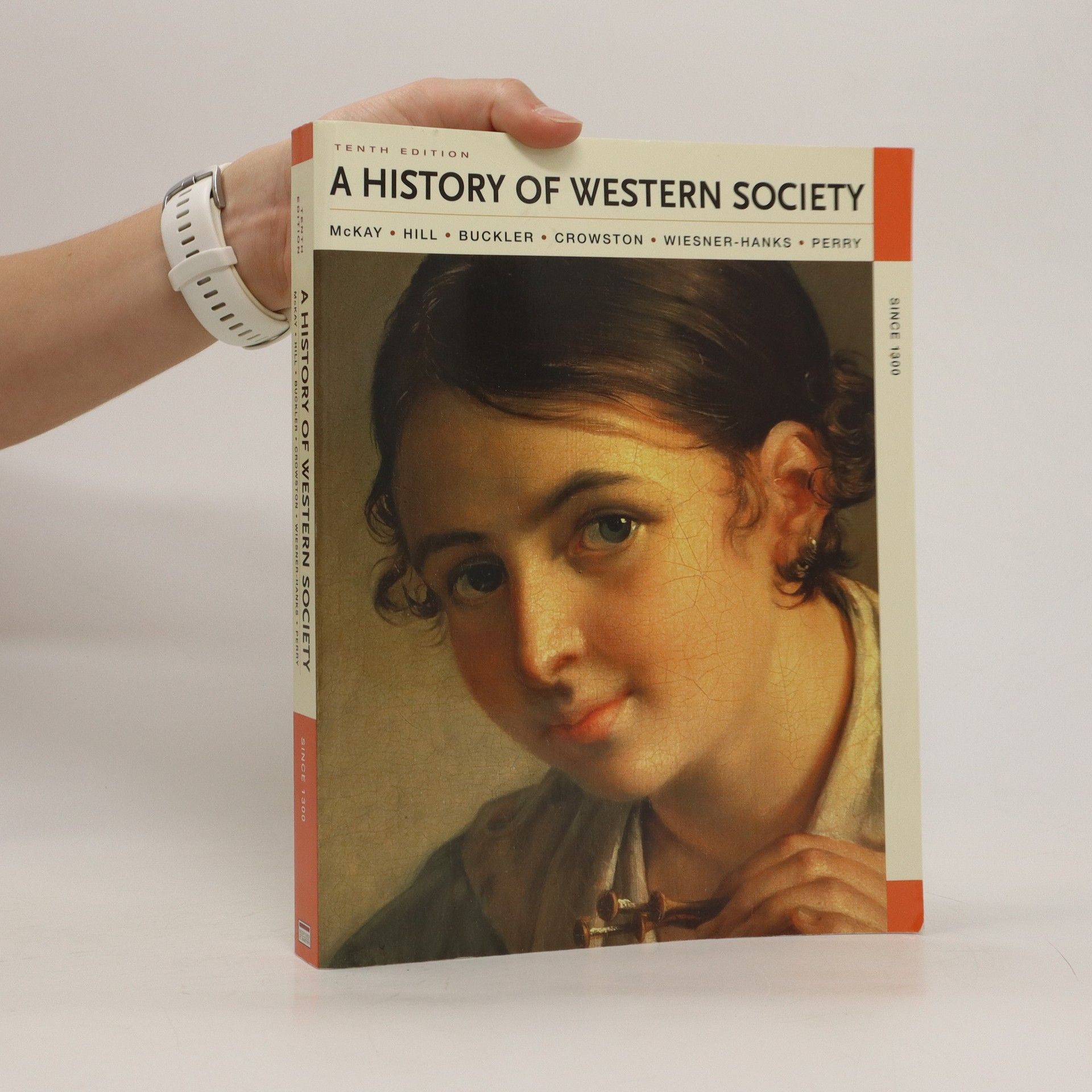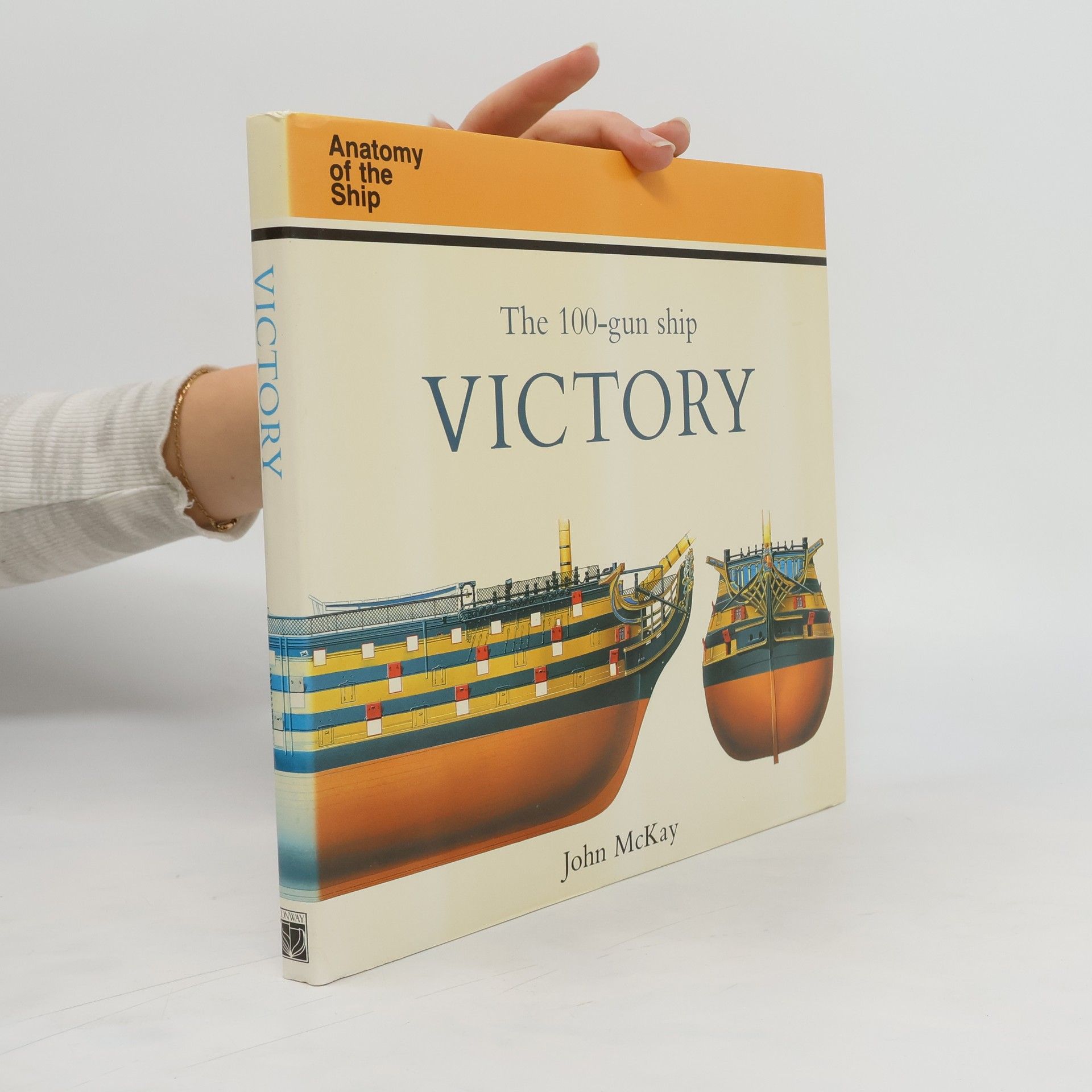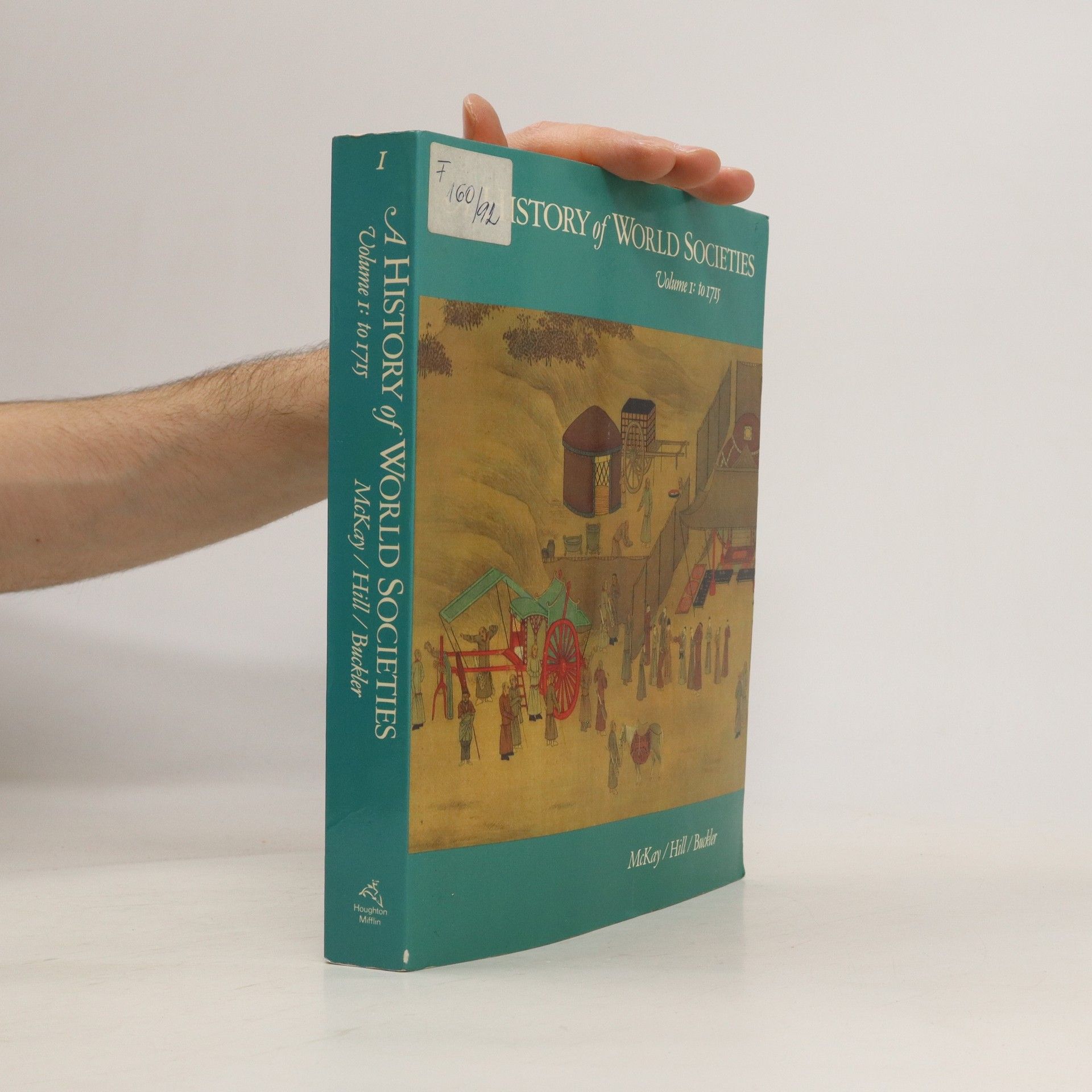This superbly researched book tells the story of one of the most significant maritime operations of the Second World War.
John P. McKay Book order
This USA Today bestselling author crafts compelling narratives that draw readers into immersive worlds. His work frequently explores themes of resilience and the human spirit in the face of adversity, maintaining a distinctive writing style that evokes strong emotional responses. With a history of successful novels and an anticipated release, this author has cultivated a dedicated readership.






- 2023
- 2021
Surviving the Arctic Convoys
- 200 pages
- 7 hours of reading
Leading Seaman Charlie Erswell saw much more than his fair share of action during the Second World War. He was present at the 1942 landing in North Africa (Operation TORCH), D-Day and the liberation of Norway. But his main area of operations was that of the Arctic Convoys, escorting merchant ships taking essential war supplies to the Russian ports of Murmansk and Archangel. In addition to contending with relentless U-boat and Luftwaffe attacks, crews endured the extreme sea conditions and appalling weather. This involved clearing ice and snow in temperatures as low as minus thirty degrees Celsius. No wonder Winston Churchill described it as 'the worst journey in the world'. Fortunately, Charlie, who served on two destroyers, HMS Milne and Savage, kept a record of his experiences and is alive today to describe them. His story, published to coincide with the 80th Anniversary of the first convoy, is more than one man's account. It is an inspiring tribute to his colleagues, many of whom were killed in action. No-one reading Surviving The Arctic Convoys could fail to be moved by the bravery and endurance of these outstanding men.
- 2021
Approaches Greek political and military history in the fourth century BC from the perspective of Thebes and neighbouring Phocis. The authors uncover the dynamic tension between local affairs and the wider transformation of the Greek world on the eve of Macedonian conquest.
- 2011
A History of Western Society. Since 1300
- 1026 pages
- 36 hours of reading
A History of Western Society is one of the most successful textbooks available because it captures students' interest in the everyday life of the past, tying social history to politics and culture. The tenth edition has been thoroughly revised to strengthen readability and the attention to daily life, and incorporate new scholarship.
- 2005
A History of Western Society
- 685 pages
- 24 hours of reading
A bestseller in its field, A History of Western Society examines the lives of both historical figures and ordinary people, using an engaging, lively writing style to capture and maintain student interest. The authors pay careful attention to political and cultural phenomena, providing a balanced account of Western history as a whole. In addition to its emphasis on social history, the Eighth Edition retains the text's hallmark pedagogical features and visual appeal. In order to promote critical thinking, "Listening to the Past" features present primary source documents and "Questions for Analysis" that reinforce themes in social history. "Individuals in Society" biography features focus on the impact of historical events on an individual or group and explain the actions taken by those people. "Images in Society" photo essays promote visual analysis. New coverage includes the Iceman in Chapter 1, Reformation art in Chapter 14, and eighteenth-century London in Chapter 19. More emphasis has been placed on a broader view of Europe, particularly Islamic regions, and Europe's place in the world. Chapter 9 includes a new section on Moorish Spain, while Chapter 27 focuses on the effects of World War I on Arab nations. The Eighth Edition devotes greater attention to women and gender issues. Expanded coverage includes Spartan and Athenian women, witch hunts, and British women's role in imperialism. - Publisher.
- 1987
This volume examines the Victory, one of the most famous ships of all time, with a fighting career spanning half a century. Although she will always be associated with Nelson's last battle, she was already 40 years old by the time of Trafalgar.
- 1984
This best-selling world history survey uses political history as the main framework of its narrative, while emphasizing social history to a greater extent than in any comparable text. The Fourth Edition brings the history of the world to life. Coverage of the main themes and developments of world history, a special emphasis on the experiences of ordinary people, a lively writing style, integrated coverage of women's history, and increased coverage of the non-Western world are just a few of the elements that make this book so interesting to read. - from the back cover
